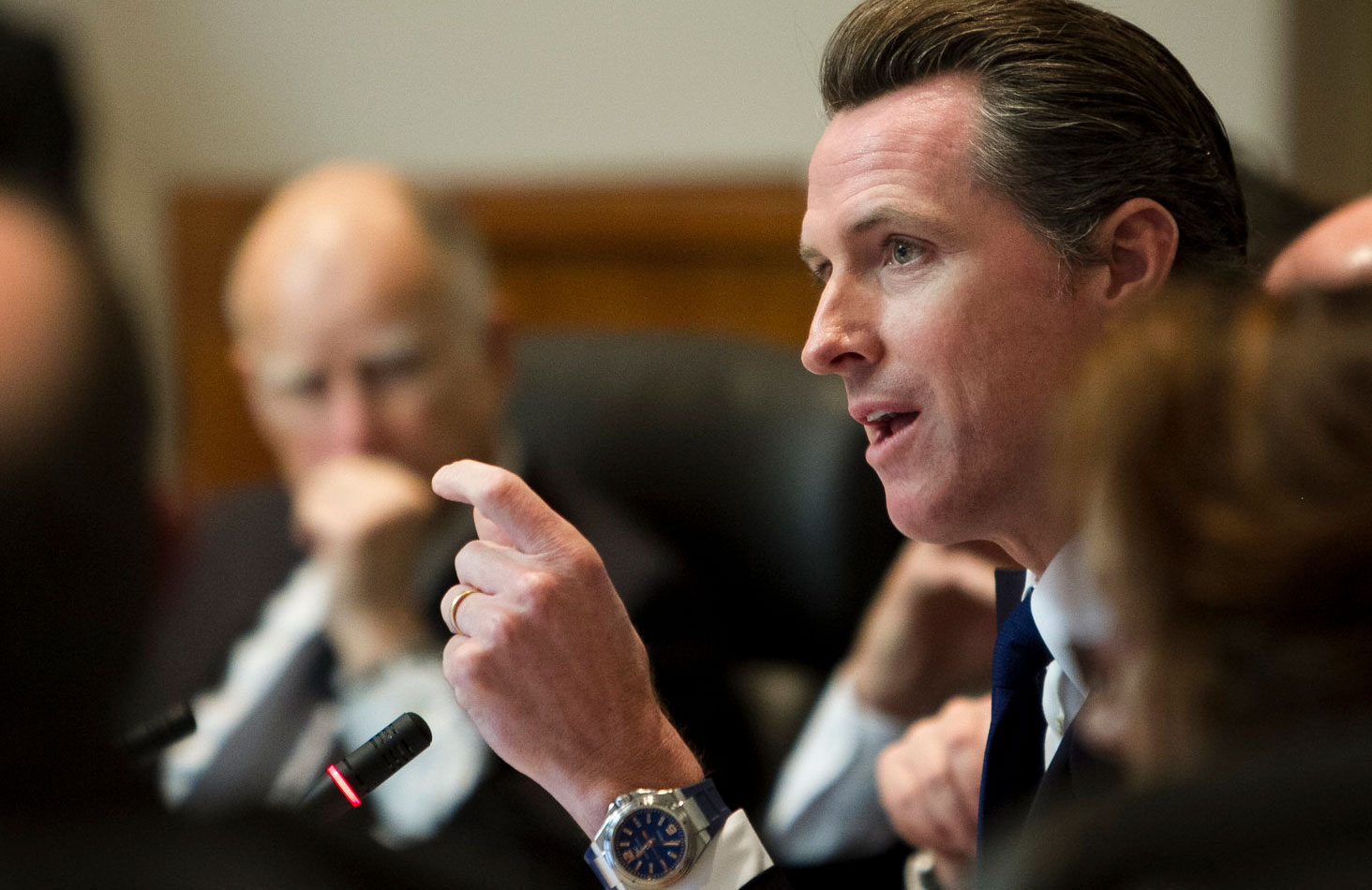Examining the Recall Election of Gov. Gavin Newsom
September 20, 2021
On Sept. 14, California voters will have the opportunity to decide whether or not to keep Gov. Gavin Newsom in office, through the state’s recall election.
The recall election, which is a process that is designed to put more power in the hands of voters by allowing them to remove an elected official from office before the end of their term, has been part of California’s political system since 1911.
There has only been one successful recall attempt of the state’s governor, which occurred in 2003 with then-Gov. Gray Davis. Similar to the current recall attempt, the 2003 gubernatorial recall happened during a time of economic instability. Davis was removed from office with 55% of the vote and was replaced by actor and bodybuilder, Arnold Schwarzenegger. This was the first successful recall of a California governor and only the second recall of a state governor in U.S. history.
How did we get here?
Right before the pandemic crippled the United States, a group of grass-roots conservatives began a recall attempt against Newsom, claiming that Californians suffer the highest taxes in the country, the highest homelessness rates, the highest food and gas prices, and experience the lowest quality of life. In addition, Californians are under constant threat of wildfires and water rationing because of the long-standing droughts that have plagued the state.
It’s no secret that Republicans in California have not been fond of Newsom since he entered office in 2018, winning with 61% of the popular vote. He is a wealthy progressive from San Francisco who has close ties to Silicon Valley and once had familial connections to House Speaker Nancy Pelosi.
The recall attempt was barely on anyone’s radar for most of 2020. In fact, Newsom’s approval ratings were upwards of 64% during the pandemic, according to a poll in September 2020, but this number has been declining ever since the French Laundry situation.
In November, Newsom was caught violating his own indoor gathering health policy. He was seen attending a maskless indoor birthday party with top lobbyists – two of whom were from the California Medical Association – at one of the most exclusive and lavish restaurants in Napa Valley, the French Laundry.
“It feeds into everything Californians already thought about him,” said Loyola University law professor Jessica Levinson to the Los Angeles Times. “That he’s an elitist, he’s out of touch, he’s hypocritical.”
As soon as this scandal broke, small business owners and public school parents, who were already displeased with Newsom’s stay-at-home orders, were enraged at the governor’s hypocrisy and joined the recall bandwagon, which gained more attention and traction.
Besides Newsom’s handling of the pandemic, recall supporters are dissatisfied with the serious homeless problem California faces. The state’s homeless population has increased 24.3% from 2018 to 2020, according to data from the U.S. Department of Housing and Urban Development.
Recall supporters also criticize the mishandling of $11 billion in fraudulent unemployment claims that were paid out through the federally-supported Pandemic Unemployment Assistance program, which was designed to provide benefits to people during the pandemic who are usually ineligible to receive them, as independent contractors.
This issue is worsened by more than 200,000 backlogged unemployment claims from 2020 that the Employment Development Department is still trying to tackle.
This perfect storm of events paved the way for the recall supporters to gather the 1.7 million signatures needed to recall Gov. Gavin Newsom.
What will it mean for California if the recall is successful?
If the majority of California voters select “Yes,” to remove Newsom from office, a replacement candidate who received the highest number of votes will be elected to office for the remainder of the current term, which ends in January 2023.
According to Newsom, the unwarranted recall is “an attempt by national Republicans and Trump supporters to force an election and grab power in California.”
More than 40 candidates have entered the recall election to replace Newsom. The most notable candidate is Libertarian radio host Larry Elder, who vows to end Newsom’s COVID-19 mask and vaccine mandates. Elder states on his campaign website that “vaccines are effective” and he encourages them, but said that “Californians who assume the risk of not wearing a mask or not getting vaccinated should not be forced to do so.” Newsom claims that Elder’s COVID-19 plan is similar to the plans adopted in Texas, Florida and Mississippi.
Other leading Republicans include former San Diego Mayor Kevin Faulconer and Republican gubernatorial nominee John Cox, who was defeated by Newsom in 2018. Both candidates said people should get vaccinated if they would like but said the government should not force people to do so.
Newsom says if he’s replaced by one of the Republicans attempting to dethrone him, then COVID-19 cases will rise and so will deaths.
Proponents against the recall state that this election is a waste of California tax dollars. According to the California Department of Finance, the cost of the recall will be around $276 million, which equals to $7 for each Californian.
If the recall succeeds and a Republican becomes governor, it’s unclear what the impact would be on California. It’s safe to say they will most likely not have it easy, considering the Democratic party controls every statewide office and dominates Congress and the Legislature. While state governors have a lot of power, they’re only as powerful if they have the backing of the Legislature.
Polls suggest more California voters oppose the recall than support it, with 58% of the state’s voters wanting Newsom to stay in office and only 39% wanting him gone.
With the election right around the corner, anything can happen and nothing is for certain.
